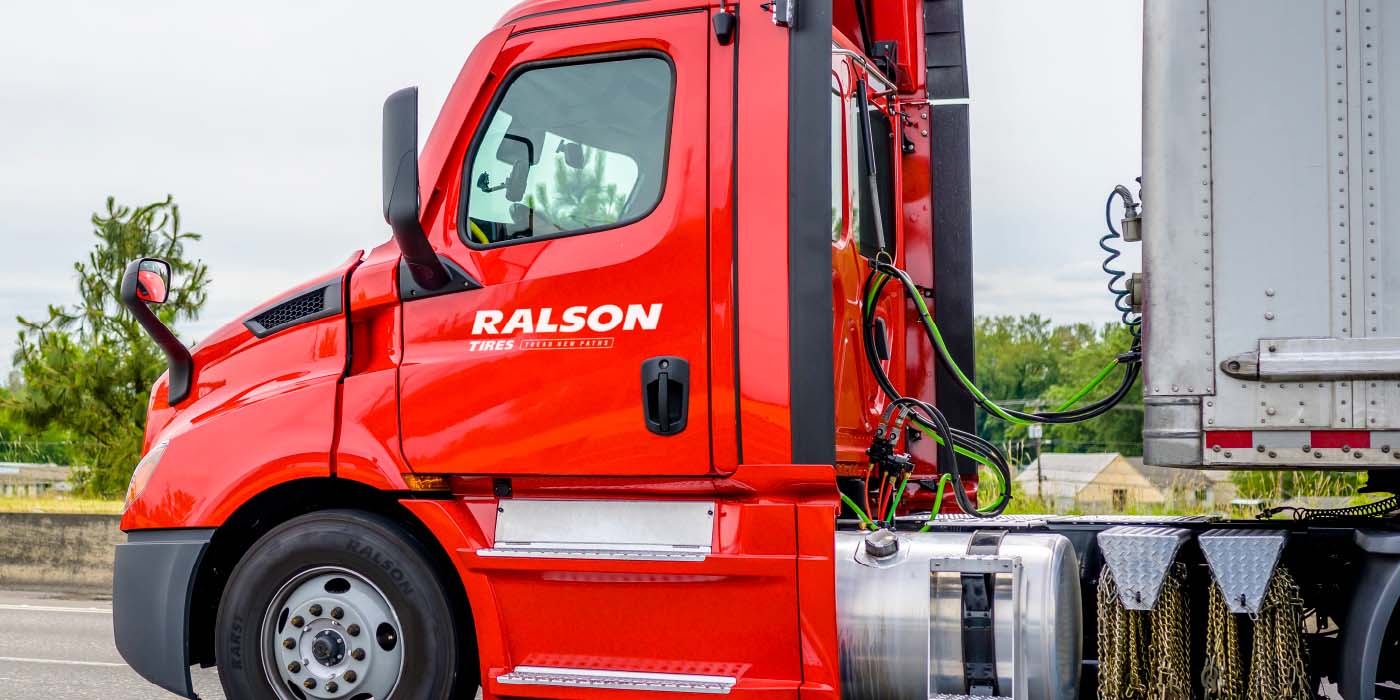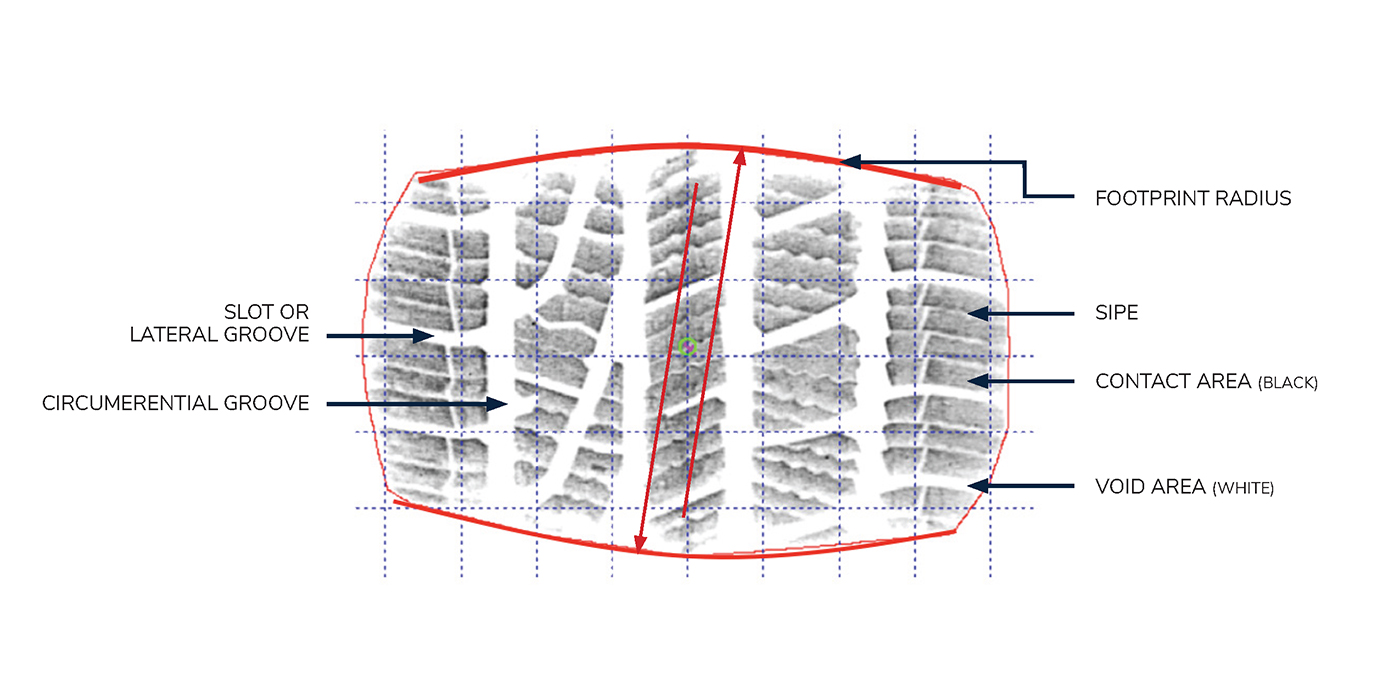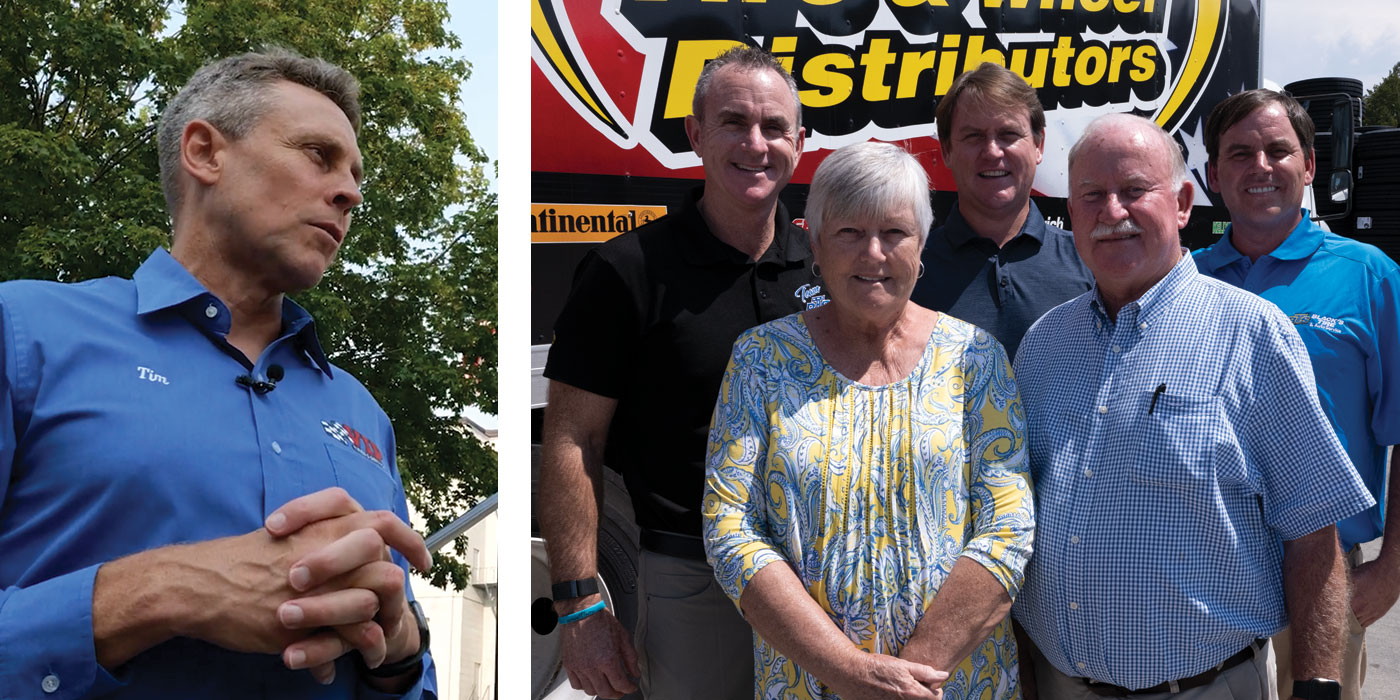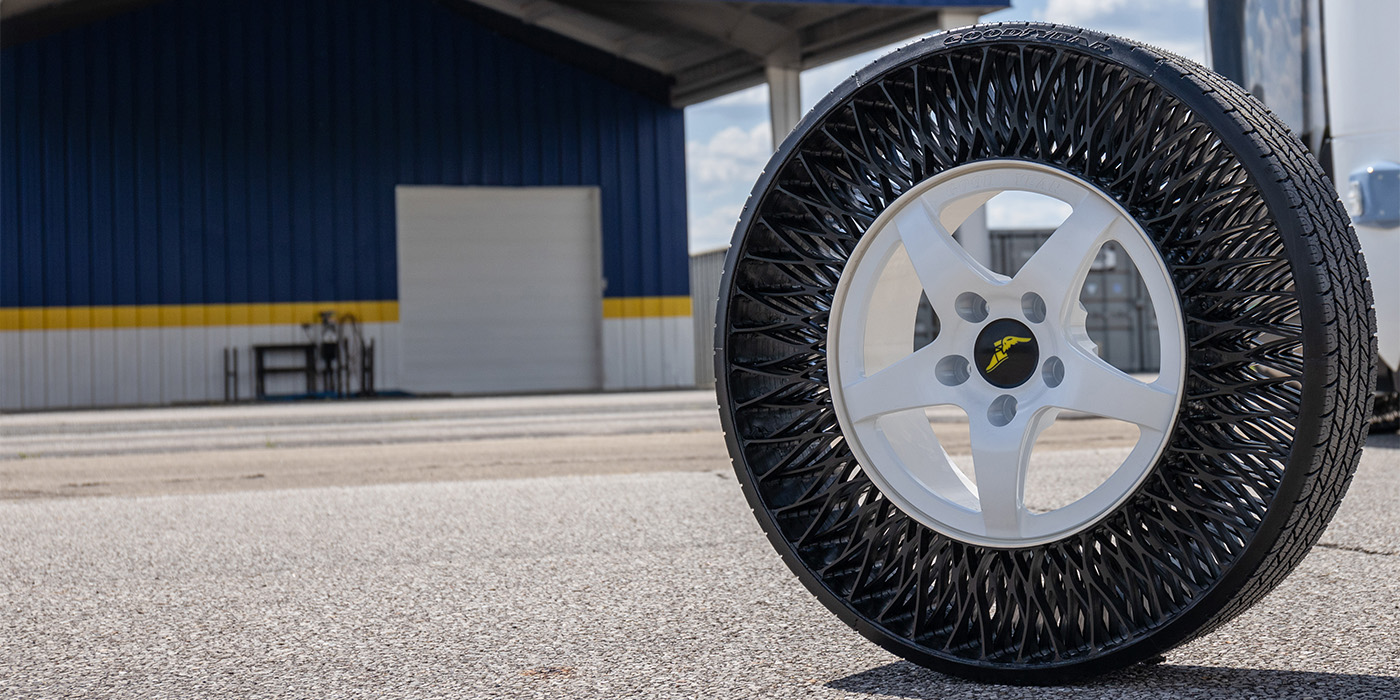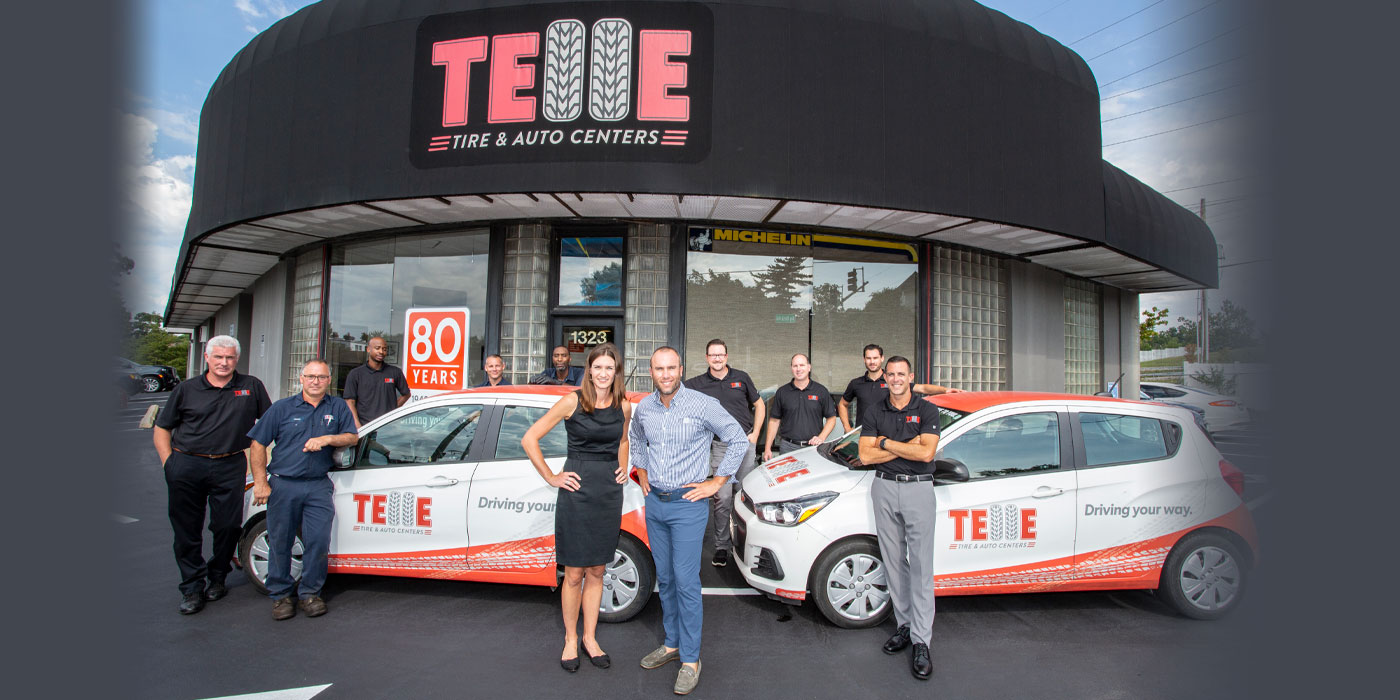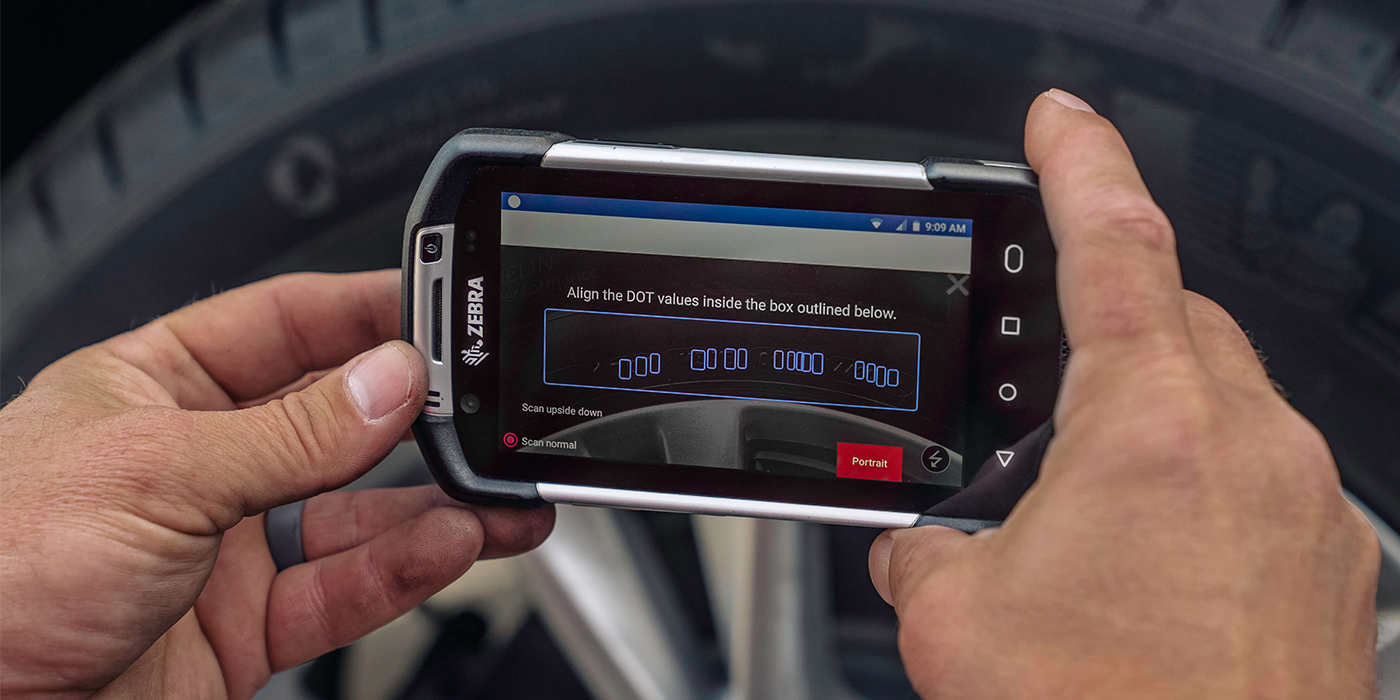 If one thing can be predicted about the tire industry, it’s that crystal balls will never be involved. Ask tire experts what they foresee for the business and you’ll likely get a diversity of visions that no crystal ball-gazing could sort out. The range of variables is just too vast.
If one thing can be predicted about the tire industry, it’s that crystal balls will never be involved. Ask tire experts what they foresee for the business and you’ll likely get a diversity of visions that no crystal ball-gazing could sort out. The range of variables is just too vast.
It’s no surprise, then, that in Tire Review’s quest for fortune-telling from tire dealers across the U.S., scenarios for the industry come up wide-ranging, reflecting everything from con- siderable concern to unbridled optimism. But while these experts envision very different things, their views provide a panorama of insights. From East to West, from South to Midwest, the dealers cover too much ground – literally and figuratively – to encapsulate in a mere crystal ball.
Here is the plethora of predictions and preparations offered by an octet of tire dealers. From the East are Nancy Muller, corporate assistant at Kost Tire and Auto Service in Clarks Summit, Pa., and Spencer Carruthers, owner of Kenwood Tire in West Bridgewater, Mass. From the South, Mark Morrison, president of Tires First in Columbus, Ga., and Michael Upton of Upton Tire Pros in Madison, Miss. From the Midwest are Roger Cornelius, president of Statewide Tire Distributors in Vandalia, Ill., and Mark Griffin, president of Tandem Tire in Iowa and Wisconsin. And from the West, Sean Furrier, co-owner of Western Tire Centers in Tucson and Kim Sigman, partner and general manager of Community Tire Pros in Phoenix.
TR: Briefly describe your business.
Morrison: “We are a single dealership with 28 service bays, four service trucks and a boom truck. We do retail, commercial and government business and have total revenues in excess of $7 million.”
Upton: “We are a four-store retail tire-and-service center, and pride ourselves in clean, modern and well-organized locations.”
Muller: “We have 56 stores in total, with a New York division and 23 Pennsylvania locations.”
Cornelius: “We are a regional distributor with three warehouses serving Illinois, Iowa and Missouri.”
Carruthers: “Kenwood is a three-bay family-owned independent dealership.”
Furrier: “We are a 14-location tire-and-auto center run by family since 1960.”
Griffin: “Tandem has six locations in Iowa and Wisconsin, featuring retail, automotive, truck and farm tires, and some wholesale.”
Sigman: “We have been in business since 1991 and now have six locations. Three are 85% retail, 15% commercial; two are 50% retail, 50% commercial; and one is 10% retail, 90% commercial.”

TR: How do you see the near-term future, the next 12-to-24 months, of the U.S. tire industry?
Morrison: “In our economy here in Georgia, it looks promising. If one area slows down, we focus on another part of our business to pick up the slack.”
Upton: “We’ll have continuing flat unit sales due to high new-car sales. We need to be competent, competitive and convenient for our customers.”
Muller: “People will continue tightening their belts again, avoiding scheduled maintenance and rolling on tires that are dangerously worn for the short term.”
Cornelius: “We see the near term as full of exciting growth opportunities. We have never been more optimistic.”
Carruthers: “It will be challenging. Economies of scale will make it hard for a small dealer to grow without being bought or sold.”
Furrier: “A lot depends on the upcoming ruling on Chinese tire imports. If it passes, it won’t help overall demand with rising prices, but it might throw a life preserver to Tier 3 brands, which are now struggling to find customers. The tariffs might raise Tiers 4 and 5 enough to decrease the selling price gap and sell a few more. But the long term, especially in broadline, HP, P-metric light truck and commercial is going to be a challenge for established tier-two and -three brands.”
Griffin: “The near-term future looks good for retail, but possibly a little slower for truck and especially farm tires.”
Sigman: “My guess is that there won’t be any significant increase in unit sales.”
TR: What about the longer term, three-to-five years?
Morrison: “If everything goes like the last three-to-five years, then we should be okay.”
Upton: “There should be ups and downs as the market changes and the economy improves.”
Muller: “Tire sales will continue to increase as more drivers continue to flood the highways. No one will really end up driving any less, no matter his or her New Year’s resolution. We have become a society that depends on vehicles with tires to transport us through our daily lives.”
Cornelius: “We’ll see continued con- solidation of wholesalers and downward pressure on margins.”
Carruthers: “Same as the short-term: challenging.
Furrier: “Changes in the wholesaler’s landscape will put more tires closer to retail points of sale. This is likely going to heat up local competition even more as wholesalers are pressured to move units and as smaller tire dealers accept very low margins, like $10 markups, just to make a sale, with hopes to sell some service. Overall, compression of margin seems to be a likely reality on tires.”
Griffin: “We have had some good growth this year, mainly on the retail side. In the next three-to-five years, I see more of the same. Truck and farm will be stronger in the future.”
Sigman: “That depends on what our economy does. If our government takes advantage of available opportunities that will increase jobs and incomes and grow the overall economy, and if we get some real decreases in unemployment or underemployment, then I feel our industry will be able to see some significant increases. If not, then I’m afraid my company’s growth will come from getting a bigger piece of the current pie, by doing a better job with our current client base, and by increasing our points of sale.”
TR: What factors do you think will impact your business and how?
Morrison: “Obviously, the economy will be the biggest factor, but if the government tightens up on spending and if gas prices rise, then we’d better tighten up our belts.”
Upton: “I believe the huge recalls are affecting our vehicle count, with customers being pushed to dealerships that will take advantage of selling those customers their needs.
Muller: “As our economy struggles again, short-term consumer restraint will balance out in the future, with a growing driver population and the simple need to have wheels. Urban sprawl leaves us all needing tires just about every day.”
Cornelius: “Information technology will continue to become more sophisticated, and efficiency of operation and logistics proficiency will be keys to success.”
Carruthers: “For supply, wholesale consolidation has limited competition, and stricter payment terms mean less tires in inventory and more on demand. Wholesalers are selling our customers without regard.”
Furrier: “There will be increased influence and control from wholesalers on retail price – especially with the development of Internet pricing, where wholesalers provide the sale portal and set the retail price and then choose the retailer who will install the product. This dynamic, in which a dominant wholesaler controls the retailer’s sell-out and pricing, is at least a small concern worth watching.”
Griffin: “Rising general expense costs and finding good help are factors. So are having enough profit growth and being able to charge enough to grow, keep good people and buy the right equipment. Then there are inventory issues and marketing programs to support.”
Sigman: “This is a question that could have pages of answers, but I’ll keep it to just a few, not necessarily in order of importance. One is the ability to continue hiring, training and keeping great personnel. My partner and I are nearing retirement, so it’s a must that we have the next generation of this company’s leaders in place so we can continue growing. Another is that we are a small fish, with six stores, in a big pond, the fifth-largest city in the U.S. So, a major factor for us is to continue to maximize our exposure to our existing and future clients in a cost-effective way, so we can continue to grow. A long-term factor might be the evolution of the automobile. Will it evolve mechanically to where it becomes next-to-impossible for the independent dealer to continue servicing and repairing them?”
TR: How are you preparing?
Morrison: “By trying to be debt-free and watching expenses.”
Upton: “By making the experience as comfortable and convenient as possible for customers. Dealerships have upped the ante and are now doing a good job of competing with us.”
Muller: “Owner Erwin Kost Sr. keeps a positive focus. We believe, ‘Don’t bring a problem to the table without a solution.’ We brainstorm. We return unnecessary inventory and tighten it up to match expected consumer needs. We cut costs. We’re always researching, learning, discussing, training, searching for the most efficient way to accomplish all of our goals of growth.”
Cornelius: “We are constantly trying to update our capabilities while cutting costs.”
Carruthers: “We’re amping-up our tire and undercar service. It’s what we’re good at and what we’re known for. We’re dropping check-engine-light and diagnostic/emission services and becoming more specialized to improve customer satisfaction.”
Furrier: “The difference for us will be customer service. We know we’ll have to meet the market expectation for price and every other competitive criterion, but service will have to make the difference.”
Griffin: “We are stocking more tires in stores to capitalize on inside-the-day business, related to wholesale and retail. We’re looking at our pricing, train- ing more, and keeping our dealerships clean and updated with the right equipment. We’re making sure we’re working safely and controlling risk.”
Sigman: “We’ve taken advantage of sending one of our future leaders to the Tire Leadership 21 education courses. This is education specifically geared for the tire-and-service industry’s future leaders. In addition, we’re continually training and educating everyone in our employment in-house and through our vendors. We spend a lot of time and money researching what types of social media are best for us, plus putting together a client-retention program that’s really attractive to our current and future clients. We’re also very active in several business-to-business networking associations. For now, we’re able to service all the vehicles in the market that we’ve chosen to go after and will continue, to the best of our ability, to keep up with any new training and equipment needed as the market changes.”
TR: What do you foresee manufacturers doing in upcoming months and years, and how do you feel about those developments?
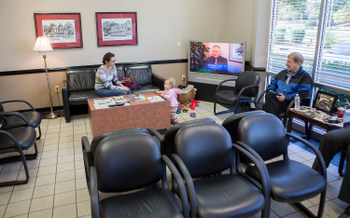 Morrison: “Hopefully, they’ll hold down their prices, but it probably won’t happen. I foresee them hiking prices like they always do, and then, when the market gets saturated, they will roll them back again. Another thing that will affect pricing is the Chinese market.”
Morrison: “Hopefully, they’ll hold down their prices, but it probably won’t happen. I foresee them hiking prices like they always do, and then, when the market gets saturated, they will roll them back again. Another thing that will affect pricing is the Chinese market.”
Upton: “I foresee them reacting rather than acting – many times too slowly to catch up with market trends.”
Muller: “Perhaps a few low-grossing molds will be thrown out. Innovation may slow as research monies are drawn elsewhere. But technology is advanced enough that many manufacturers should be concentrating on marketing their amazing advances. They are likely to grow with consumer want and need, if they can all survive the short term. Are we calling it a recession yet?”
Cornelius: “Major brands will increasingly work to control their distribution. The fight for marketshare will intensify among Tier 2 manufacturers as more U.S. manufacturing plants come on stream.”
Carruthers: “I foresee them supporting tire and car dealers in an effort to sell tires, but nothing else that concerns us.”
Furrier: “They’ll be adding pressure to build with alternate materials to mitigate shortages of specific materials as well as reduce weight and cost without compromising performance and mileage. Advances in technology in these directions are good for consumers and good for us. Manufacturers will continue to build alliances with warehouses and transfer type programs to supplement direct warehouse deliveries. This can be good. Overall, the dominant wholesalers could pre- sent some threat to retailers. They’ll also be applying pressure to find ways to add value and margin for retailers as the price landscape becomes more transparent and competitive. This would be a good thing for retailers. Ultimately, the market sets prices. If they were all the same, consumers would choose based on other criteria, like convenience and service. I think it would be better for the industry overall to focus on something besides just price, though this may be wishful thinking. Manufacturers also may continue to build power lines to simplify selling. There will be pressure to promise more unrealistic tire warranties. This is not good. And there will be pressure to respond to higher-quality imports at lower costs. This will be interesting and good for retailers.”
Griffin: “I foresee tariffs, COG, marketing programs, building value as the middle class gets tighter, and fill rates, especially in commercial private labels.”
Sigman: “Manufacturers, like us, are all looking for a bigger piece of a pie that is not really growing. As a result, I see them doing whatever is in their power to get the independent tire dealer to stock and sell their brands. Yes, they have to be profitable. However, with all of the competition, they have to be competitive and offer value-added benefits to entice us to stock and sell their brands.”
TR: Do you expect a period of sharp growth or will current growth rates continue?
Morrison: “Yes, but it won’t be very intense.”
Upton: “It will be about the same.”
Muller: “We’ve been doing this for more than 75 years now. I think we will experience a hiccup of slow growth that will balance out to continued strong growth over time.”
Cornelius: “We see continued slow growth in the industry.”
Carruthers: “We do not expect growth. We’re working toward better profitability with a streamline and more efficient under-car services.”
Furrier: “It will be the same.”
Griffin: “I do not see sharp growth. I see growth that’s slow and steady. However, I’ll take sharp growth if it happens. I’m ready!
Sigman: “Again, my guess is that there won’t be any significant increase.”
TR: What outside influences are affecting your business and how?
Morrison: “Competition, Internet and unemployment.”
Upton: “Again, it’s car dealerships and their emphasis on tires. It’s the halo effect, where good tire sales bring in lots of opportunities for service sales.”
Muller: “Our biggest outside troublemaker? It seems to be the darn weather, if Northeast Pennsylvania experiences a ‘low snow’ winter. No snow, no winter tire sales. Good storm, good sales. Let it snow, let it snow, let it snow!”
Cornelius: “Increasing government regulation has increased record- keeping requirements. Finding self-motivated individuals with the proper skill set to work in our industry continues to be difficult. Both the increasing cost and availability of trucking are becoming much more of an issue as well.”
Carruthers: “26 million GM vehicles recalled and more. Tire dealer marketing groups:are going, going, gone. ATD is becoming the only game in town, and they also sell the gas station on the corner and our wholesale accounts. The economy. And online tire shoppers are finding lower tire margins.”
Furrier: “The increased cost of health care, and the likely increased cost of longer-term borrowing in the future.”
Griffin: “Competition in tires never seems to idle, especially as it relates to car dealers. The economy in general has an effect. The federal government needs to get out of the way. The states do well in most cases. Politicians at the federal level need to be replaced. We need tax reform, election reform, term limits, a balanced budget, welfare reform, ADA, just to name a few. What they work on and do is not the priority.”
Sigman: “Mostly the overall economy, especially in Phoenix. We have had very little growth in this market since the low point at the end of 2008 and 2009.”
TR: What advice do you have for fellow dealers?
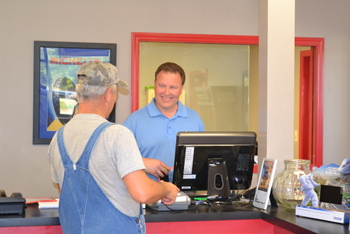 Morrison: “Stay as debt-free as you can, watch payroll and expenses, and keep up with what’s going on in your market. Work on your business and not in it.”
Morrison: “Stay as debt-free as you can, watch payroll and expenses, and keep up with what’s going on in your market. Work on your business and not in it.”
Upton: “Watch your payroll. ‘Forty-five percent of payroll dollars to gross profit dollars’ is our mantra.”
Muller: “Research, listen, learn, discuss, brainstorm, decide, coach and share.”
Cornelius: “Keep improving in all areas. Maintain and develop good relationships with both customers and suppliers. Deliver the right product at the right time at the right price. The basics never change.”
Carruthers: “Do what you’re good at. Do it well and leave no doubt that you did the best job you could. Don’t bait and switch. Stay independent and don’t become an ‘authorized’ dealer for more than one manufacturer. Don’t stand behind a tire’s mileage warranty or vouch for a tire unless the manufacturer does the same for you. Match every tire price you see and make money on the value-added services. Learn, contribute and invest in your community. Do everything you can to win back your customers from the car dealers.”
Furrier: “Be better trained, better at customer service, and find a way to connect to customers.”
Griffin: “Train your people, hold them accountable, empower them, keep your dealership clean, sell value and provide convenience. Buy direct when you can.”
Sigman: “First, your success is all about your people. As my partner always says, ‘Show me a business that is successful and I’ll show you the people that made it that way; Show me a business that is failing and I’ll show you the people that made it that way.’ Make sure you’ve invested in a procedure to hire the right personnel and then a way to train and educate them to become the best in the industry. Never ever cheat or steal from a client, employee or vendor. Treat your clients, employees and vendors as if they were your closest friends or relatives.”
TR: Do you have any other insights that could help readers understand what the future holds for the U.S. tire industry, and what they can do to prosper within it?
Morrison: “Just stay on top of it and develop a good relationship with your suppliers.”
Upton: “Stay involved. Look for new trends and ways to communicate with your customers.”
Muller: “’Coming together is a beginning; keeping together is progress; working together is success’: Henry Ford.”
Cornelius: “Constantly monitor changes in technology. Technological gains will always provide opportunity for the informed.”
Griffin: “The tire and service business is a good business. The car pur- chase is the second-biggest investment our customers make. People need someone they can count on and trust. We still make the decision about what tire is best for them, most of the time. They want an alternative to the car dealer, which will continue to provide a market for us.”
Sigman: “I’ve been in this industry for 46 years and it’s a great industry. Yes, it’s been flat for longer than expected but it will rebound. Do what is right for everyone involved in your business, learn from those that are successful, and most of all have fun.”

